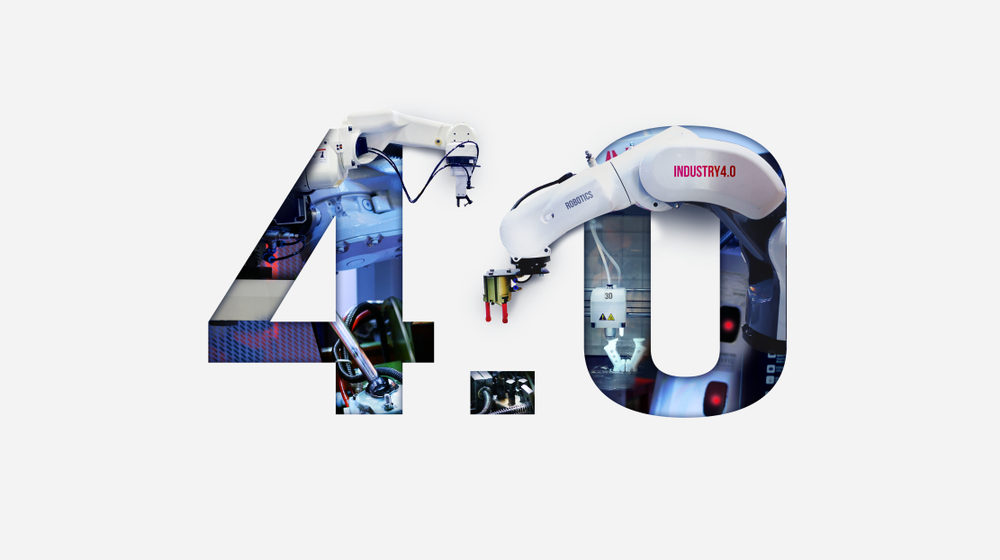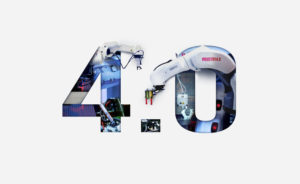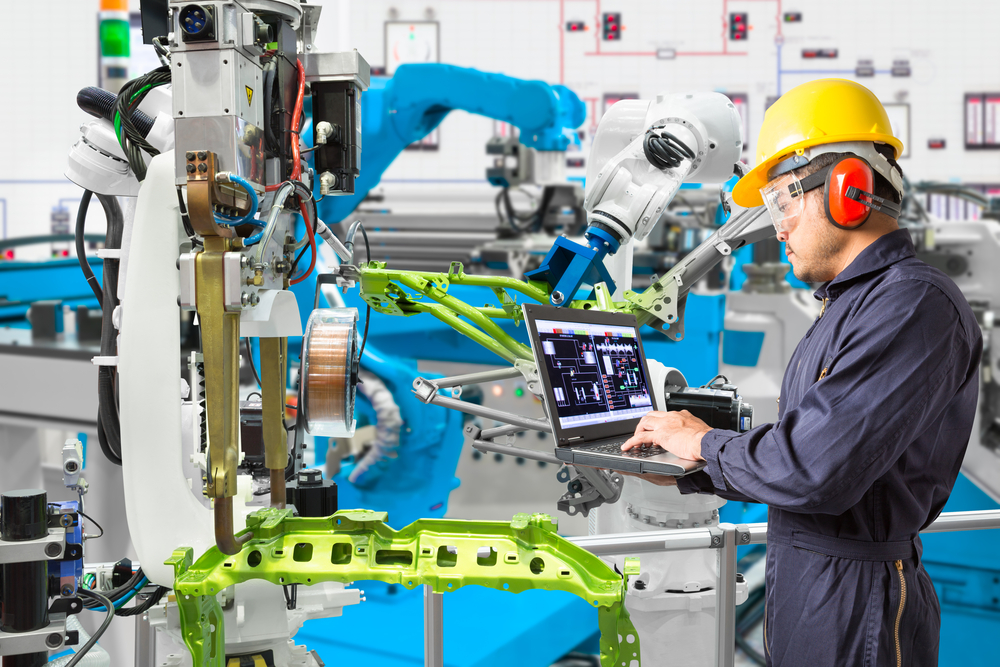
How Industry 4.0 and the Emergence of IoT Aids and Challenges Industrial Firms
February 13, 2019
The fourth industrial revolution, or Industry 4.0, is the third major industrial shift since the first revolution in the 18th century that involved coal and steam. The second evolved through electricity and the automobile, and the third followed with the computing explosion. McKinsey refers to the current shift involving data exchange and automation as “lightning in a bottle.”

However, there are OEM automation challenges on both the production floor and the executive floor in both implementing Industry 4.0 and subsequently using it. Recently, Deloitte polled more than 2,000 C-suite executives from 19 countries. They explained their findings in their second annual “Readiness Report: Success Personified in the Fourth Industrial Revolution,” presented at the World Economic Forum in Davos, Switzerland. They sought to reveal leadership actions, where progress is being made, and what sets one leadership approach apart from another.
- Harnessing the power of digitization. They found that industrial leaders in the Industry 4.0 age are overwhelmed with options and lack guidance in choosing which paths to follow first. Much ado about automation, but how do you harness its powers to improve plant efficiency? As implementation continues and better technologies are introduced, it seems that leaders struggle to find a rapid ROI from IoT. There’s plenty of reason to believe they will. But it takes time, which is a precious commodity in the globally competitive arena of construction, industrial machinery, transportation, and related industries.
- Getting the organizational culture to embrace and use information. The organizational culture often lacks the discipline to follow decision-making processes. Organizational silos, a long-standing challenge of many industrial firms, obstruct the ability to share information and knowledge and capitalize on it to better develop strategies. Industrial firms struggle with various functional groups safeguarding their own information, without readily sharing it with other groups under the same roof – as well as those outside of it.

- Developing a workforce adept in automation. If the workforce challenge in manufacturing, by itself, isn’t enough, employing a workforce with skills ready to embrace and use automation is another challenge. Eighty-six percent of leaders thought they were creating a workforce capable of using Industry 4.0. However, a notable skills gap still exists. About twice as many industrial leaders say they will work to train their existing employees rather than hire new ones. Unlike earlier perceptions, more leaders believe that automation will supplement workers rather than replace them.
- Dealing with security risks in an IoT industrial environment. IBM X-Force Threat Research reported that attacks targeting industrial control systems increased by more than 110 percent in 2016, and rose in 2017. There’s much more information regarding IoT and the vulnerability that connected devices pose to IT security compromises. Industrial cyber is becoming a standalone topic, mostly because the risks it poses can be quite devastating and a channel for adversaries to down the infrastructure of an industrial and economic base. Each and every industrial facility in critical economic industries such as oil and gas and mining, continues to struggle with a secure perimeter that instills confidence that their facilities are perfectly safeguarded from industrial cyber-attacks.
These factors are among the many challenges of automation for today’s OEMs in industrial industries. Construction, industrial machinery, machinery handling and conveying, oil, gas, mining, as well as transportation, agriculture and others—all are embracing automation, Industry 4.0, and the wiring of devices with IoT. Overcoming these challenges seems like a formidable task. Nonetheless, with effort, diligence, and persistence, all may be managed and overcome, and the fruit of Industry 4.0 can vault operations to the next plateau of success.